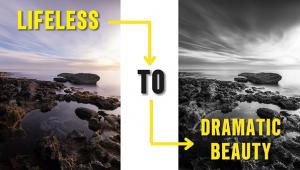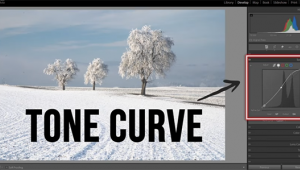Sigma AF 105mm f/2.8 EX Macro Lens
As a manufacturer of a wide
range of lenses from 8-800mm, Sigma's line also includes true
macro lenses for extreme close-up photography. Both of the current models
will produce a full life-size rendition of the subject without accessories:
the AF 50mm f/2.8 EX Macro and, the model I tested, the new AF 105mm
f/2.8 EX Macro featuring the most popular focal length. Billed as the
"world's smallest tele macro lens capable of focusing down
to a 1:1 reproduction ratio" it proves that good things do come
in small packages. |
|||
· Instead of internal
focusing (common on longer lenses) this one incorporates helical focusing;
the front barrel does not rotate so using a polarizer is a pleasure. However,
the effective aperture does reduce in size in extreme close focusing because
of light loss due to extension (the lens barrel increases in length).
It's f/4.2 at a 1:2 reproduction ratio and f/5.5 at 1:1. With in-camera
TTL metering, exposures will be accurate. When accessory light meters
are used (not common in extreme close-up work) exposure should be based
on the effective aperture as per the chart in the Owners Manual. |
|||
· A focus limiter switch
is provided. Use it to restrict autofocus operation to only very short--or
great--focusing distances. This helps maximize focus acquisition speed
especially in autofocus as the AF system does not search the entire range
of possibilities. No focus adjustment is required when using infrared
film. |
|||
Autofocus operation is fairly
fast with the Sigma SA-5 but not silent, producing a low pitched hum.
With any AF system, response is quickest at wide apertures such as f/2.8
because more light is transmitted to the sensors. This is an f/2.8 lens
at least at common focusing distances. Effective aperture does diminish
in extreme close focusing, but autofocus is rarely practical in such photography.
Because depth of field is minuscule, it's best to focus manually--on
the most important subject area, such as the stamen of a flower. |
|||
The loss of light transmission
with lens extension did make focusing more difficult in low-light conditions,
but then I remembered an important fact. My own macro lens--like some
other affordable models--has only an f/5.6 maximum aperture and only provides
magnification to 0.5x (half life-size). In comparison, the Sigma AF 105mm
f/5.6 EX Macro is still ahead on both counts. |
|||
· At very wide apertures
such as f/2.8 or f/4, sharpness and definition were lower, especially
at the edges of the frame. Frankly, this is merely academic. In close-focus
photography, depth of field is far too shallow at wide apertures, so most
such work is done at small apertures. |
|||
Conclusion.
In order to avoid disappointment in any extremely high magnification work,
use professional photographic techniques. That means a rigid tripod, cable
release, and reflex mirror pre-lock at the 1/4 sec to 1/30 sec shutter
speeds where the effects of internal vibration are most noticeable. And
make sure the subject is not being moved by the breeze, even slightly.
Finally, do recognize the effects of shallow depth of field. The zone
of apparent sharpness is very limited in high magnification photography;
the out of focus areas should not be interpreted as an indication of low
resolution. Technical Specifications Construction: 10
elements in nine groups |
- Log in or register to post comments







































